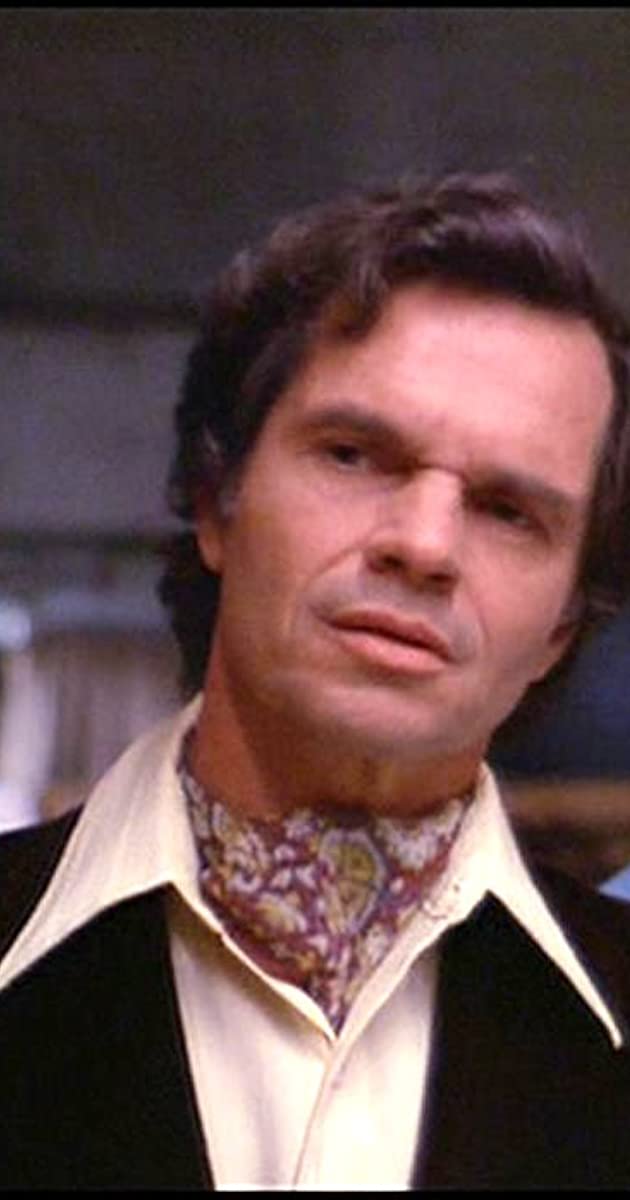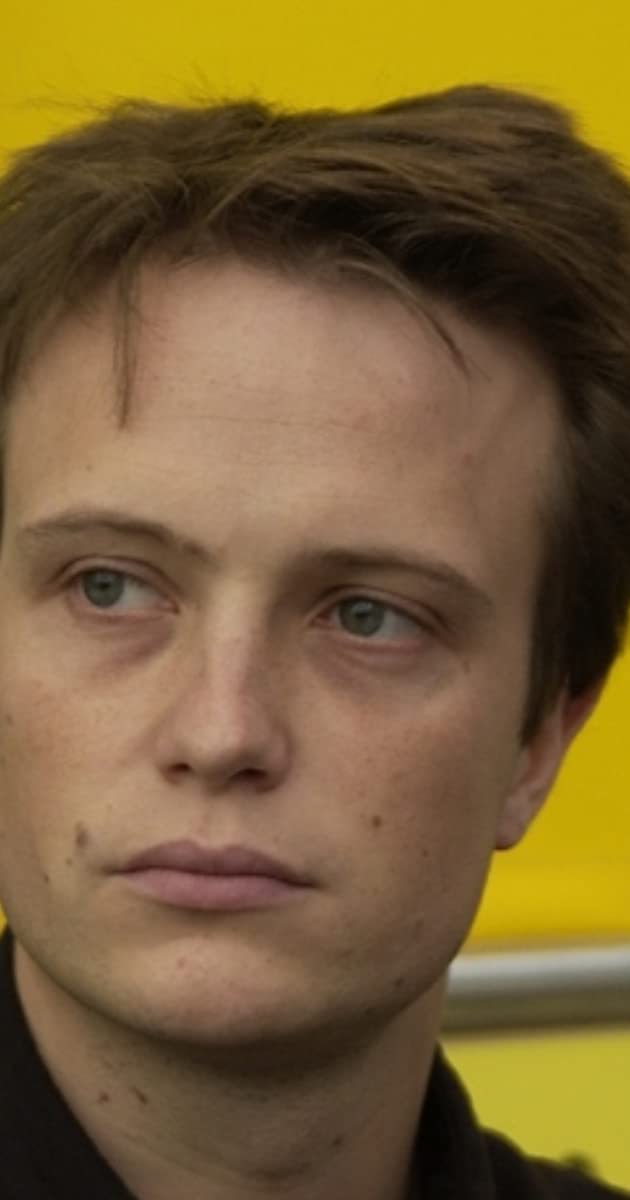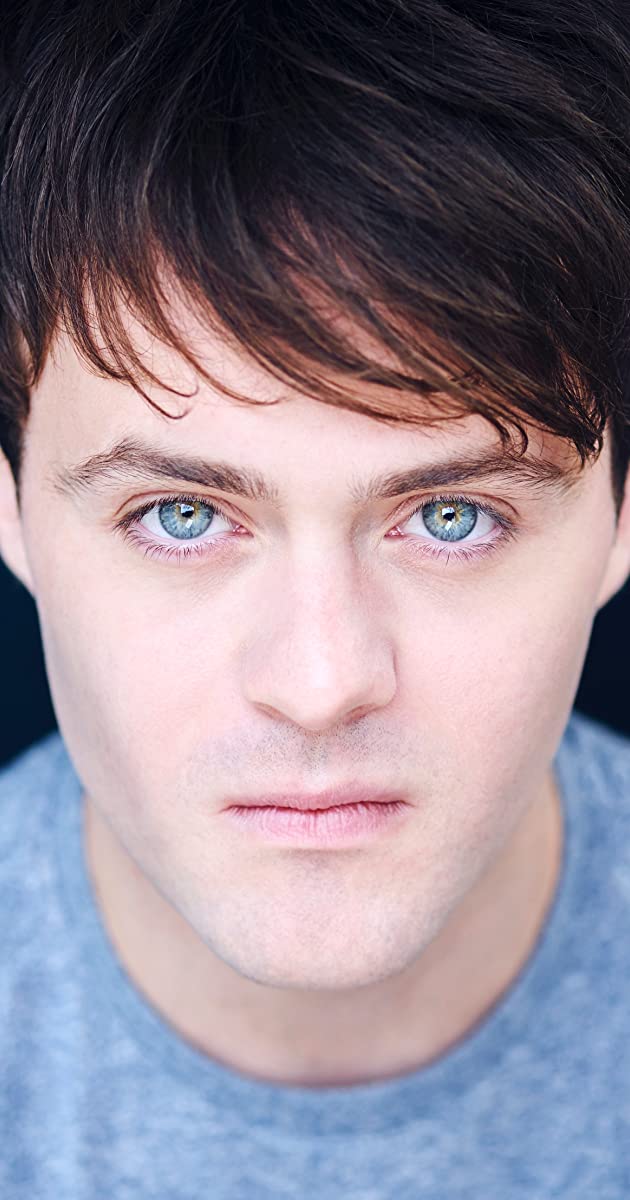
Lithe, diminutive and unimposing, Michael Kidd never asked a dancer to perform a step or move he himself could not do. One of Broadway’s and Hollywood’s most distinguished, inventive and gifted choreographers, it was not uncommon to remember his expert dance sequences above all else. After all, who can forget the rousing barnstorming dance in Seven Brides for Seven Brothers (1954), or Fred Astaire’s and Cyd Charisse’s romantic glide through Central Park to the musical caress of “Dancing in the Dark” in The Band Wagon (1953), or the waiters’ high-flying acrobatics during the Harmonia Gardens sequence in Hello, Dolly! (1969)? It is what made these films a cut above the rest. These three highlights should alone keep Kidd’s name indelible in the Hollywood film annals for decades and decades to come.
He was born Milton Greenwald in Brooklyn on August 12, 1915 (sources indicating 1919 are incorrect). His father, a barber, was a Russian-Jewish immigrant. Although he was influenced by dance while a high school student, his sensibilities led him to major in chemical engineering at New York’s City College. Finding his career choice too impersonal and isolating, he switched to dance and was awarded a scholarship to attend the School of American Ballet, making his debut in a performance of “The Eternal Road” in 1937. He subsequently toured with the American Ballet and the Ballet Caravan. Renaming himself Michael Kidd, he became a soloist for the American Ballet Theatre in 1942 and appeared auspiciously as Billy the Kid and Bluebeard, among other important figures. Performing challenging pieces by the legendary Agnes de Mille and Jerome Robbins, he began also choreographing pieces for himself and the company as well (“On Stage!” (1942).)
Broadway soon beckoned. In the post-WWII years Michael took his trade to the Great White Way and would eventually earn five Tony awards for his choreography: “Finian’s Rainbow” (1947), “Guys and Dolls” (1951), “Can-Can” (1953), “Li’l Abner” (1957) and “Destry Rides Again” (1959). On film he choreographed, among others, Where’s Charley? (1952), The Band Wagon (1953), Star! (1968), Hello, Dolly! (1969) and his pièce de résistance, Seven Brides for Seven Brothers (1954), arguably one of the most robust and dazzling displays of dance Hollywood has ever offered. Sadly, his superb dance skills have been less visible in front of the camera. However, in It’s Always Fair Weather (1955) we’re allowed to witness his talent teamed with the legendary Gene Kelly and Dan Dailey. In one memorable sequence, the trio danced around New York with garbage can lids attached to their feet.
In 1975 Kidd surprised critics by starring in the Michael Ritchie cult film Smile (1975), a devilishly wicked and clever satire on beauty pageants. The versatile Michael also directed occasionally for both film (Danny Kaye’s Merry Andrew (1958)) and TV (All in the Family (1971), Laverne & Shirley (1976)).
It is hardly shocking that Kidd was never nominated for an Oscar award for his choreography, as there is no specialized category for such. The Academy rectified this awkward situation by awarding him an honorary trophy in 1997 for his outstanding services to the art of dance, joining an extremely small and illustrious group that includes Jerome Robbins (“West Side Story”) and Onna White (“Oliver”). Kidd died of cancer in 2007 at age 92, and was survived by his second wife, Sheila, and four children (Kristine, Susan, Amy and Mathew).


